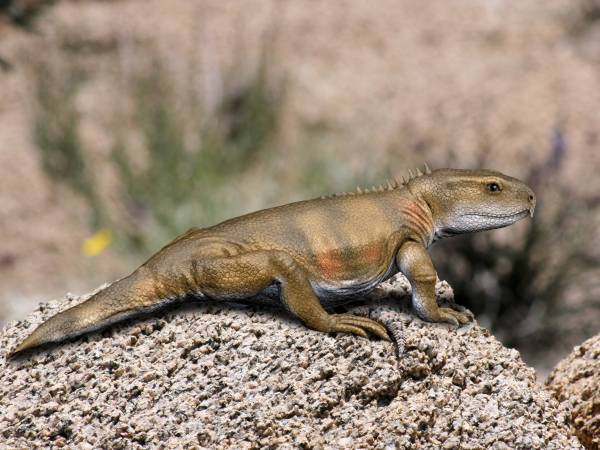Priosphenodon on:
[Wikipedia]
[Google]
[Amazon]

 ''Priosphenodon'' is an extinct rhynchocephalian known from the early
''Priosphenodon'' is an extinct rhynchocephalian known from the early 

 ''Priosphenodon'' is an extinct rhynchocephalian known from the early
''Priosphenodon'' is an extinct rhynchocephalian known from the early Late Cretaceous
The Late Cretaceous (100.5–66 Ma) is the younger of two epochs into which the Cretaceous Period is divided in the geologic time scale. Rock strata from this epoch form the Upper Cretaceous Series. The Cretaceous is named after ''creta'', ...
of Argentina
Argentina (), officially the Argentine Republic ( es, link=no, República Argentina), is a country in the southern half of South America. Argentina covers an area of , making it the second-largest country in South America after Brazil, th ...
. It is believed to have been a fairly large herbivore, having a longer snout than modern tuatara
Tuatara (''Sphenodon punctatus'') are reptiles endemic to New Zealand. Despite their close resemblance to lizards, they are part of a distinct lineage, the order Rhynchocephalia. The name ''tuatara'' is derived from the Māori language and m ...
, with teeth
A tooth ( : teeth) is a hard, calcified structure found in the jaws (or mouths) of many vertebrates and used to break down food. Some animals, particularly carnivores and omnivores, also use teeth to help with capturing or wounding prey, t ...
specialised for shearing plant matter, like other members of Eilenodontinae
Opisthodontia is a proposed clade of sphenodontian reptiles, uniting ''Opisthias'' from the Late Jurassic-earliest Cretaceous of Europe and North America with the Elienodontinae, a group of herbivorous sphenodontians known from the Late Triassic ...
. The teeth are densely packed with a cone-in-cone structure, and have prismatic enamel structure similar to those of mammals and the lizard ''Uromastyx
''Uromastyx'' is a genus of African and Asian agamid lizards, the member species of which are commonly called spiny-tailed lizards, uromastyces, mastigures, or dabb lizards. Lizards in the genus ''Uromastyx'' are primarily herbivorous, but occa ...
,'' which was likely an adaptation to wear resistance in the absence of tooth replacement. Two species are known, ''P. avelesi'' and ''P. minimus''. The latter has also been considered a part of the separate genus ''Kaikaifilusaurus
''Kaikaifilusaurus'' is an extinct genus of rhynchocephalians in the family Sphenodontidae from the Late Cretaceous of South America. Fossils of the genus were found in Cenomanian sediments of the Candeleros Formation and Turonian layers of t ...
.''
Fossils of the genus have been found in the Candeleros and Cerro Barcino Formation
The Cerro Barcino Formation (also known as the Gorro Frigio Formation) is a geological formation in South America whose strata span the Early Cretaceous to the earliest Late Cretaceous. The top age for the formation has been estimated to be Cenoman ...
s in Argentina.

References
{{Taxonbar, from=Q21368826 Prehistoric lepidosaurs Prehistoric reptile genera Cenomanian life Turonian life Late Cretaceous reptiles of South America Cretaceous Argentina Fossils of Argentina Candeleros Formation Cerro Barcino Formation Fossil taxa described in 2003 Sphenodontia